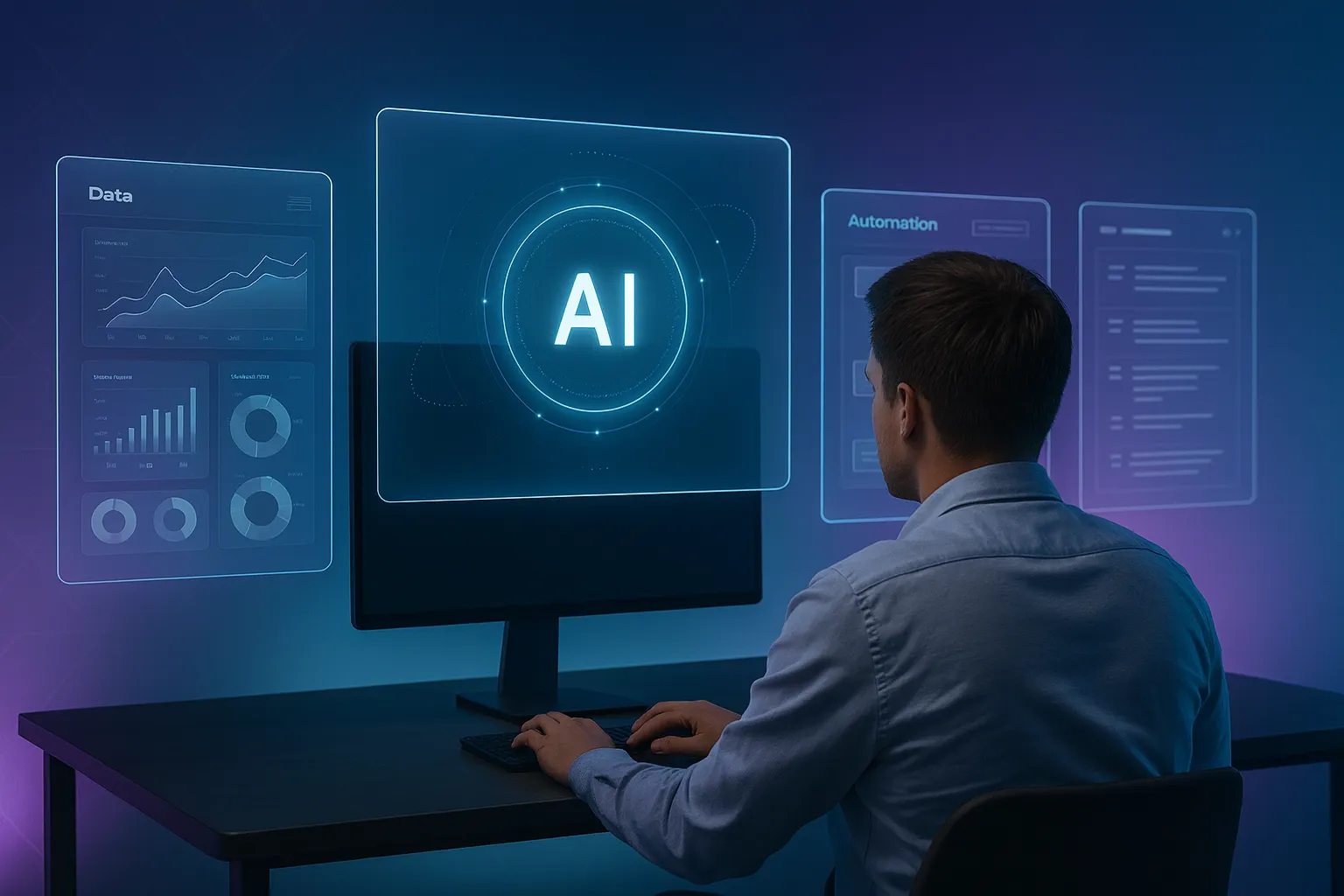In recent years, cloud strategies have gone through a transformation – with a sharp escalation in the number of enterprise CIOs opting for multi-cloud and hybrid environments. In a recent enterprise cloud survey, 4 in every five respondents said that hybrid cloud environments are best suited for their data and applications.
As more companies look to push technology-driven transformation, hybrid and multi-cloud implementation look set to double over the next 1 to 3 years. That said, 80% of enterprises that have implemented a multi-cloud model face connectivity and interoperability challenges.
As we move into 2025, the cloud infrastructure will continue to evolve at an accelerated pace. For enterprise CIOs, cloud infrastructure is crucial to their business strategy. Let’s examine 5 cloud-related trends and themes to expect in 2025:
1. DePIN (Decentralized Physical Infrastructure Network)
Among the exciting trends in 2024, decentralized computing proved to be a cost-effective model for enterprises to optimize the utilization of their cloud computing resources. DePINs, at the innovation forefront of decentralized computing, provide the physical infrastructure with resources for data storage, wireless connections, and intelligent sensors.For instance, powered by DePIN, Aethir is one successful project for building cloud infrastructure for AI and online gaming. In 2025, DePIN is set to transform cloud infrastructure by enabling:
- Decentralized marketplaces – which can offer additional computing resources directly to cloud users and bypass the traditional cloud service providers.
- Lesser pricing monopoly – by decentralizing cloud computing services and leveling the playing field.
2. FinOps
84% of IT professionals expect an increase in their cloud budgets in 2024. Rising cloud spending is primarily due to:
- Growing complexity in hybrid cloud environments
- High computing power requirements for AI and machine learning models
As a cloud-powered framework, FinOps promises to reduce cloud spending through financial accountability and maximized business value. 36% of IT companies are expected to prioritize FinOps adoption in 2024 and 2025. By 2025, the cloud will store an estimated 175 zettabytes of data – up by 61% from 2021 levels. With the adoption of multi-cloud, CIOs in 2025 will look to maximize business agility and scalability by moving from cloud-enabled IT infrastructures to end-to-end cloud-powered environments.
3. Data governance
As highlighted by Gartner, ineffective data and analytics strategies are among the 5 pain points for CIOs in 2025. 27% of C-level executives managing data and analytics believe the lack of stakeholder involvement is their most pressing challenge. Going forward, data governance is crucial for CIOs to leverage data analytics in their decision-making process. As cloud-powered data systems grow more complex and interconnected, CIOs can manage this complexity by:
- Optimizing their existing systems.
- Improving data literacy.
- Establishing strong governance frameworks.
With a comprehensive data management framework, CIOs and data-driven decision-makers can consider the hybrid cloud as a data ecosystem and focus on effective governance and integration.
4. Generative AI
In 2025, 87% of CIOs plan to increase their spending on Generative AI and cybersecurity. According to IDC, AI spending will double by the year 2028. AI-enabled infrastructure provisioning will be the leading business use case for this technology.As AI technology emerges as a game-changer across business domains, enterprise CIOs are also rethinking their cloud strategies. Enterprises working with multiple cloud providers need to focus on cloud interoperability for a smooth Generative AI deployment.In 2025 and beyond, Generative AI will revolutionize cloud services and help them harness real-time data for advanced automation and analytics. Among the leading examples, Dairyland Power cooperative is using large language models (LLMs) to automate their document summarization.
5. Cloud security
In 2025, CIOs also need to prioritize cloud security and compliance – while balancing it with business agility and responsiveness. According to Gartner, CIOs must work closely with CISOs to ensure:
- Cybersecurity risk accountability to enable improved decisions.
- Security programs that reflect the company’s business context.
- Agility and continuous improvement with a formalized security process
Among the effective cloud security strategies, organizations can leverage AI technology for real-time detection of external threats. In today’s multi-cloud environment, organizations adopting the zero-trust approach will be more successful at securing their cloud environments. For effective access control, tools like the Azure Active Directory can help manage user permissions across the cloud.
Conclusion
The complex ecosystem of modern cloud infrastructures presents a unique challenge for enterprise CIOs in 2024 – and going forward, in 2025. CIOs need to balance their cloud expansion with cost escalations and security problems. Efficient cloud operations are also unlocking access to AI-powered models and real-time data insights for business success.
At Parkar, we integrate technology with business innovation. With our cutting-edge technology services, you can leverage our expertise in:
And much more. Do you want to optimize your cloud operations for reduced cost and complexity?
We can help you. Contact our team today.
















